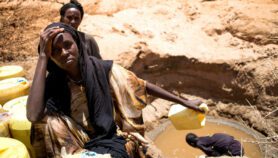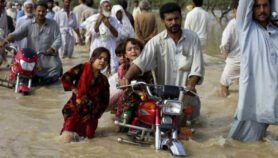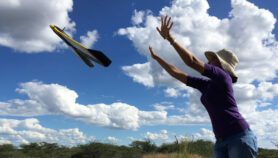By: Mike Ives
Send to a friend
The details you provide on this page will not be used to send unsolicited email, and will not be sold to a 3rd party. See privacy policy.
[HANOI] A new study offers a rare glimpse into North Korea’s agriculture and forestry policies, and may open up new international connections with the country, say researchers.
The report describes how locally appropriate, participatory agroforestry is helping reverse food shortages and land degradation.
According to Meine van Noordwijk, co-author of the study and chief science advisor at the Kenya-based World Agroforestry Centre (ICRAF) — which provided technical assistance for the project — the study "may help open up new international connections in science-based analysis of conditions and trends" in North Korea.
Forests cover more than 70 per cent of North Korea, and its struggles to contain deforestation and land degradation date back more than a century.
The study, published online by Agroforestry Systems on 24 March, describes how the country suffered frequent landslides and widespread erosion in the years following the collapse in 1991 of the Soviet Union, which had until then been one of its main sources of external support.
Without Soviet support, the country suffered food and energy shortages, leading people to cut trees for fuel and cultivate steep slopes and upland areas for food.
Since 2002 North Korea, with financial support from the Swiss Agency for Development and Cooperation, has given user groups rights to access, harvest and plan the use of the sloping land, so that they can manage the land sustainably.
"At this stage [North Korea‘s] agroforestry initiatives are a socially unique opportunity for self-organisation, with potentially much wider implications in a society where discussions on ways forward are centralised and controlled," van Noordwijk told SciDev.Net.
But he added that the implementation of pilot projects had been limited to "relatively benign" areas of the country‘s south, and could not be transferred to other regions that were more difficult to work in.
User groups innovated local agroforestry systems that combine double-cropping annual food crops, together with horizontal strips of valuable trees such as the aronia berry (Aronia melanocarpa) for its fruit, and a species of larch tree (Larix leptolepis) for timber.
These practices have improved soils and increased tree cover and crop diversity, ICRAF said.
Rob Finlayson, ICRAF communication manager in Indonesia, said they hope that through the participatory agroforestry approach, needy communities will be empowered to provide for themselves while at the same time protect the shrinking forest.













